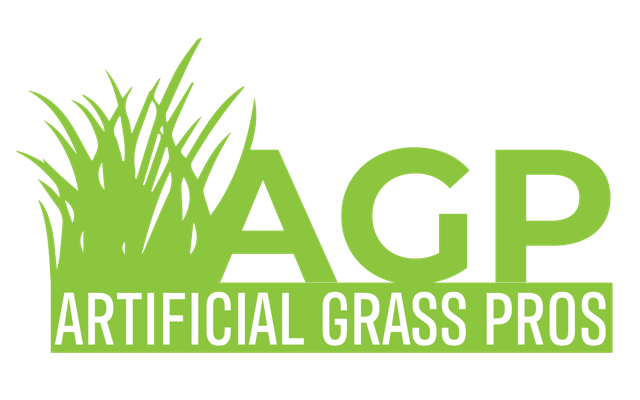Synthetic turf is basically a surface of synthetic fibres designed to resemble natural grass. It’s most
frequently used nowadays in public venues for sports which are typically or are traditionally played
on natural grass or hard mud. But it has also become extensively used on commercial and
residential properties and is now becoming more widely used on municipal and school grounds. But
why have people chosen this option over more traditional materials?
One of the main reasons behind the growing popularity of synthetic turf lies in the fact that it’s been
found to reduce the risk of injury from injuries such as sprains, strains, ankle sprains, knee and hip
sprains, as well as repetitive motion injuries such as those sustained while playing tennis, football or
lacrosse. One of the main reasons why people get injured on turf surfaces is because of the heat
stress that is applied to the body when playing sports. Heat stress is actually the main cause of most
sporting injuries, with the turf itself acting as the exacerbating factor. When a person is subjected to
excessive heat stress then the body begins to break down and becomes inflamed, in turn causing
injury. However, with artificial grass a person is prevented from being exposed to too much heat
stress as the turf surface remains relatively cool during a game.
In a research conducted by the American Sports Association, it was found that playing sports on a
synthetic turf significantly reduced the risk of strains and sprains. The researchers attributed the
reduced risk of injury to the fact that the surface temperatures seldom exceeded 60 degrees
Fahrenheit during the course of an event. Another study conducted by the NCAA Division II
American Football Association, found that players on heating synthetic turf experienced significantly
less muscle soreness after an event. Muscle soreness is commonly caused by heat stress,
especially when the temperature reaches temperatures over seventy-five degrees Fahrenheit. The
players in the study who were exposed to heated surfaces during games experienced significantly
less muscle soreness than those players who did not partake in the study.
Most football fields are divided into three areas – inside, outside, and crumb rubber. Each of these
areas has different playing conditions, varying from field to field. For instance, inside playing fields
are usually used for high school, college, and professional football games. College football games
on the other hand, may be played on turf that is used for indoor facilities such as locker rooms and
indoor practice facilities.
Natural Turf has been the main alternative used for outdoor athletic fields since the 1970s. This
natural grass replaced natural grass, which are susceptible to a great deal of damage such as rapid
wear and tear, wetting, and soggy. Furthermore, the soil in many sports fields is highly sandy due to
its lack of irrigation. Sand is heavy and often clogs up the systems used to water natural grass,
making it hard to keep it looking good. Synthetic turf fiber, on the other hand, doesn’t require a lot of
water and doesn’t show up as a dirty stain on the surface thanks to the materials used to make it.
To conclude, the evidence suggests that synthetic turf fields may contribute to or may alleviate some
of the problems associated with playing sports on natural grass fields. Although more studies need
to be conducted to fully understand the impact of this new material, it does provide a potential way to
reduce problems associated with various conditions such as heat stress. However, more research
needs to be done to determine whether the impact is a positive or negative factor. More importantly,
the continued use of synthetic turf fields should be monitored to determine any possible adverse
affects on the playing surface.

Recent Comments